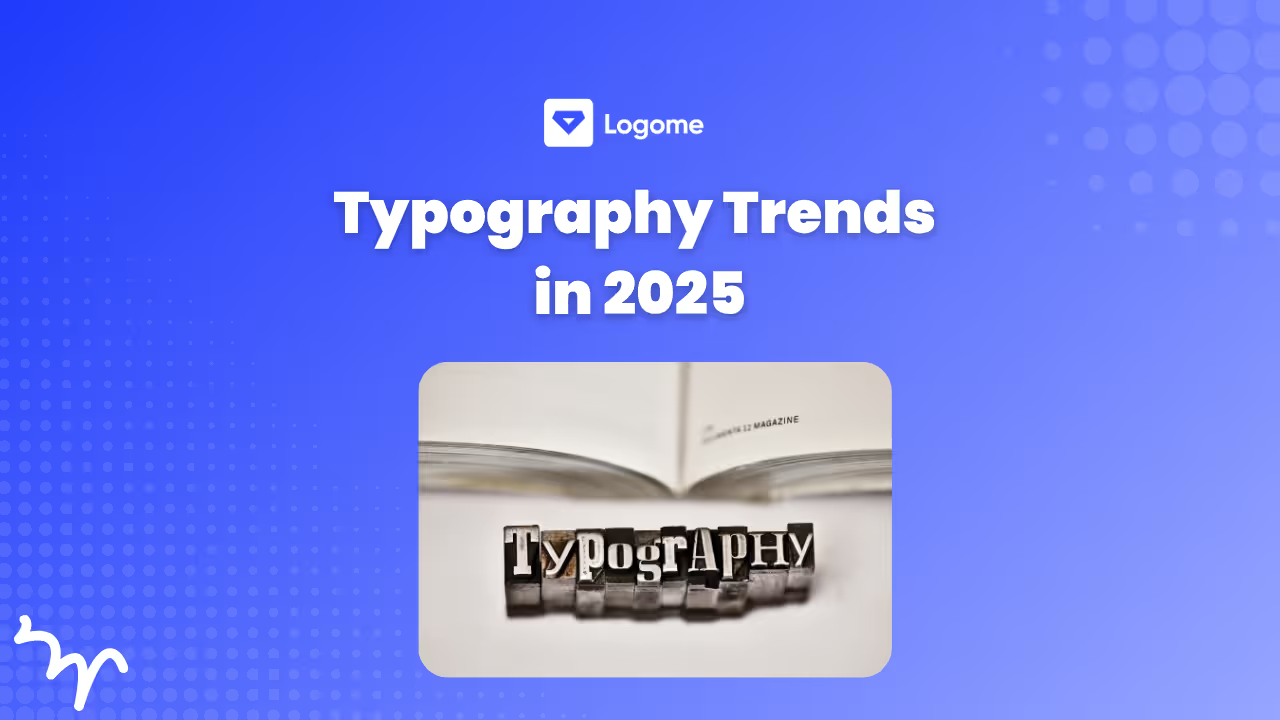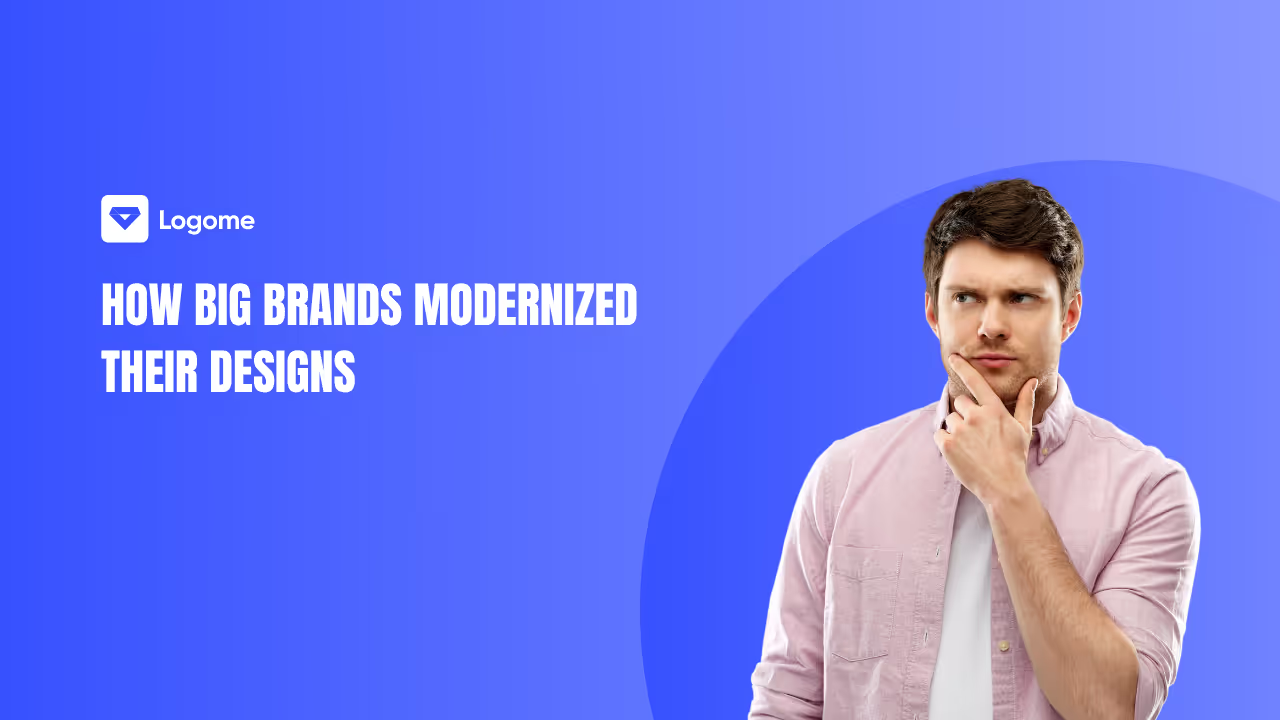Looka vs Canva
Explore the key differences between Looka and Canva. Compare features, pricing, and real user insights to find the right design tool for your branding needs.
Explore the key differences between Looka and Canva. Compare features, pricing, and real user insights to find the right design tool for your branding needs.

Choosing between Looka and Canva isn’t just about picking a design tool — it’s about deciding how you want to bring your brand to life. Maybe you’re launching your first business and need a logo that actually feels like you. Or perhaps you’re juggling client projects and want design freedom without burning hours.
Looka promises speed and cohesion — think of it as a brand-in-a-box, where your logo, color palette, and assets are ready in minutes. Canva, on the other hand, is like a creative playground with endless templates, fonts, and images for every occasion.
But which one actually fits your needs? In this Looka vs Canva breakdown, we’ll go beyond feature lists. You’ll see real differences in workflow, collaboration, pricing, and where each tool truly shines — so you can make a choice that saves time, sparks creativity, and builds a brand you’re proud of.
Choosing a design tool isn’t just about ticking off a feature list — it’s about how the tool fits into your creative rhythm. Looka and Canva take very different approaches to helping you design. One leans into automation and speed, the other thrives on flexibility and control. Let’s break down what that actually means in practice.
Looka is built for people who want to get their brand out into the world without spending weeks fine-tuning. You answer a few questions, and its AI quickly generates logo options that already feel polished. From there, it automatically builds out a full brand kit — social graphics, business cards, and more — so you can stay consistent everywhere without extra work.
Canva is less about automation and more about freedom. You start with a massive library of templates, then customize every detail to match your style. Want to swap fonts, experiment with layouts, or add animations? Canva lets you play until you’re happy, making it ideal for creators who enjoy hands-on control over every design element.
Now that we’ve set the stage for how Looka and Canva think about design, let’s dig into the details. This is where we see how each platform actually performs when it comes to creating logos, building brand assets, designing websites, and working with a team.
Looka’s process is like speed dating for branding — answer a handful of style questions, and its AI matches you with logo concepts in minutes. The designs are polished enough to launch with minimal tweaking, which is perfect for those who value speed over endless customization.
Canva, in contrast, starts you with a blank page or a pre-made logo template. You control every font, icon, and color. It’s slower than Looka’s AI approach but lets you refine your design until it’s uniquely yours.
Once your Looka logo is ready, the platform instantly creates matching social banners, business cards, letterheads, and more — all aligned to your chosen colors and fonts. It’s hands-off branding that stays consistent across every channel.
Canva doesn’t auto-generate a kit for you, but it does give you a vast library of templates for every format imaginable. You’ll need to set your brand colors and fonts manually, but you have far more creative room to experiment.
Looka includes a simple multi-page website builder that carries your logo, colors, and fonts straight into your site design. It’s not loaded with features, but it’s enough for a professional online presence without learning code.
Canva’s website feature is more like a stylish landing page creator. You can build single-page sites with animations and media, perfect for events or quick launches — but not a replacement for a full business site.
Canva shines here. Multiple people can edit the same design in real time, leave comments, and share folders. It’s built for teamwork.
Looka is a solo player’s dream — straightforward and streamlined, but without live collaboration tools. If you’re the only one handling design, that’s all you need.
Looka offers a one-time purchase for a logo or a subscription for ongoing access to your brand kit and website builder. It’s a straightforward deal for anyone who wants branding assets without paying every month for tools they won’t use.
Canva runs on a freemium model. The free tier covers basic templates, but serious designers and teams will want Canva Pro or Canva for Teams, which unlocks premium assets, brand kits, and advanced features.
A design tool isn’t just about creating something beautiful — it’s about what happens after you hit “download.” The right export options and integrations can save hours and keep your workflow smooth.
Looka gives you high-resolution PNG, JPG, and SVG files, so your logo looks sharp whether it’s on a business card or a billboard. You also get a full brand kit download, which includes all your branded assets in consistent formats. While integrations are minimal, its files are universally compatible, making them easy to use in any design software or on platforms like Shopify or WordPress.
Canva offers a wider variety of export formats, from PNG and JPG to PDF, MP4, and GIF. It also connects directly to social media platforms, email tools, and cloud storage like Google Drive and Dropbox, allowing you to publish or share designs without leaving Canva. This integration-friendly setup is a big win for busy teams managing multiple channels.
After looking at the features side by side, it’s clear that the “right” choice isn’t universal — it depends on who you are, how you work, and what you need most from your design tool. Let’s match each platform to the people it serves best.
If your priority is getting a professional brand launched quickly, Looka is hard to beat. You can have a logo, brand kit, and even a basic website ready in a single afternoon. For entrepreneurs who don’t want to get lost in design decisions, this speed is a huge advantage.
Canva wins here without question. Its collaboration tools, massive template library, and ability to adapt to any campaign make it perfect for teams. Whether you’re creating social ads, presentations, or infographics, everyone can work together in real time without endless email threads.
For some, the smartest move is a mix. Start with Looka to nail down your logo and branding quickly. Then import those assets into Canva for ongoing marketing content, presentations, and seasonal campaigns. This approach combines Looka’s branding speed with Canva’s creative range.
Features and pricing tell part of the story, but real experiences often reveal the details that matter most. Hearing from actual users of Looka and Canva helps us see how these platforms perform outside the product demos.
Many Looka users praise how quickly they can go from idea to finished brand assets. One entrepreneur mentioned creating a full logo and brand kit “before my coffee went cold.” Others highlight responsive customer support, especially when making last-minute tweaks before printing or launching.
However, some note that once the AI generates designs, customization options are more limited compared to open-ended editors. If you’re a perfectionist who loves to tinker, that structure might feel restrictive.
Canva often wins over creatives with its versatility. Marketers love that they can whip up an Instagram post, a slide deck, and an email banner in the same session. The collaboration feature is a standout — multiple people editing in real time is a productivity boost.
The flip side? New users sometimes feel overwhelmed by the sheer number of options. Without a clear style guide, designs can drift off-brand, especially in team settings.
If you’re using Looka or Canva to build your brand, there’s another layer to think about — how those designs help you get found online. Leveraging the right keywords and content strategies can turn your visuals into magnets for the right audience.
Generic terms like “logo maker” or “design tool” are competitive. Instead, focus on long-tail keywords that match your audience’s exact needs, such as:
These phrases attract users who are closer to making a decision and are more likely to convert.
When using either tool, name your image files descriptively (e.g., “organic-coffee-logo-looka.png”) and add alt text that includes your keywords. This small step improves image SEO, helping your designs show up in Google Images.
Pair your designs with blog content that showcases them in action. For example, if you used Looka to create a bakery logo, write a post about “How to Design a Bakery Logo That Stands Out” and include your visuals. Canva users can do the same for content templates or infographics.
A smart choice of tool is only half the game — knowing how to squeeze every bit of value from it is what makes your designs shine. Here’s how to get more from both Looka and Canva.
Choosing between Looka and Canva really comes down to how you like to work and what you need most. Looka is the fast track to a polished, cohesive brand — perfect for entrepreneurs who want professional results without spending days in design mode. Canva, on the other hand, is a creative playground built for flexibility, collaboration, and a steady flow of varied content.
If branding speed and consistency are your priorities, Looka will get you there quickly. If you thrive on hands-on control, diverse formats, and team workflows, Canva will feel like home. And if you’re somewhere in the middle? Use Looka to lock in your brand identity, then bring it into Canva to create and adapt content as your business grows.
Whichever you choose, the best design tool is the one that helps you build a brand you’re proud to share with the world.
It depends on your goal. Looka is great when you want a fast, cohesive brand identity with minimal tinkering. Canva shines when you need flexible design options, team collaboration, and a wide range of templates beyond logos.
You can try Looka’s logo generator and preview designs, but final files and brand assets require a paid package. It’s designed for quick, professional branding rather than ongoing free editing.
Yes—if you follow Canva’s license terms and avoid trademark conflicts. Use unique combinations of elements, customize templates meaningfully, and do a basic trademark search before committing to a final logo.
Choose Looka if you want AI-guided logo creation with an auto-generated brand kit. Pick Canva if you prefer hands-on editing and plan to create lots of ongoing marketing visuals in many formats.
If you need a polished logo and brand kit fast, Looka offers strong value because it compresses the branding process into an afternoon. For content-heavy teams, Canva may deliver more value over time due to its broader design ecosystem.



Discover how 500,000+ businesses and creators are using our AI logo maker in their Logo creation.



